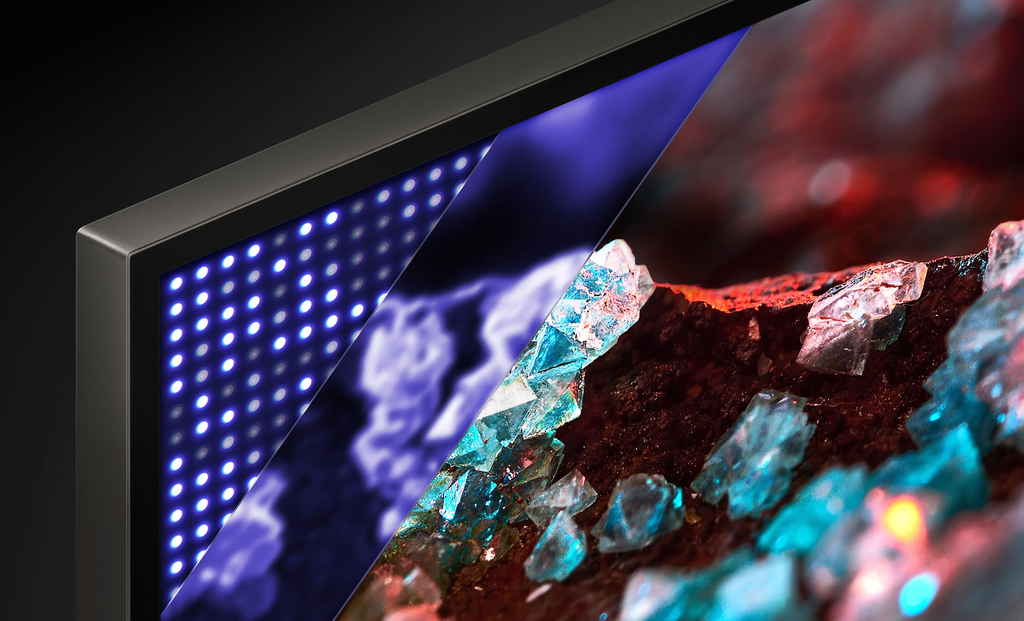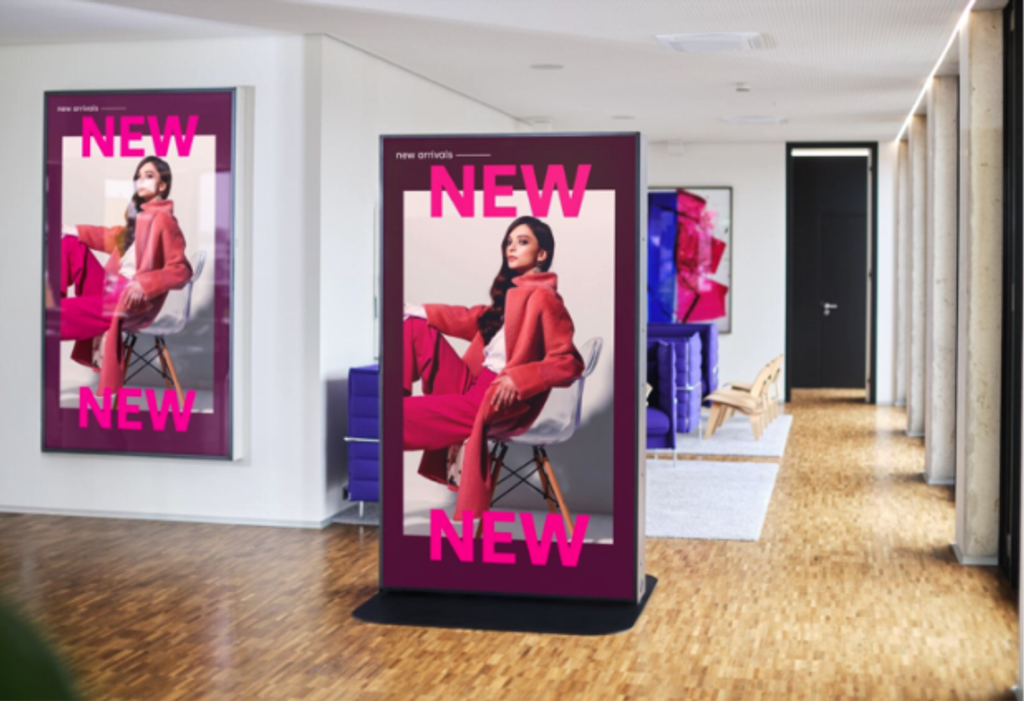- Matching (Score)
- Our verdict
- Competing TVs
- TV appearance
- Where to buy
- Contrast and black detail
- HDR effect quality
- Factory color reproduction
- Color reproduction after calibration
- Smoothness of tonal transitions
- Image scaling and smoothness of tonal transitions
- Blur and motion smoothness
- Console compatibility and gaming features
- Input lag
- Compatibility with PC
- Viewing angles
- TV efficiency during daytime
- TV features
- Apps
- Playing files from USB
- Sound
- Details about the matrix
Sony Bravia 3 50' (VA) Review
BRAVIA 3 / K-(XX)S3
Available screen sizes:
Diagonal with a different matrix: , , , ,
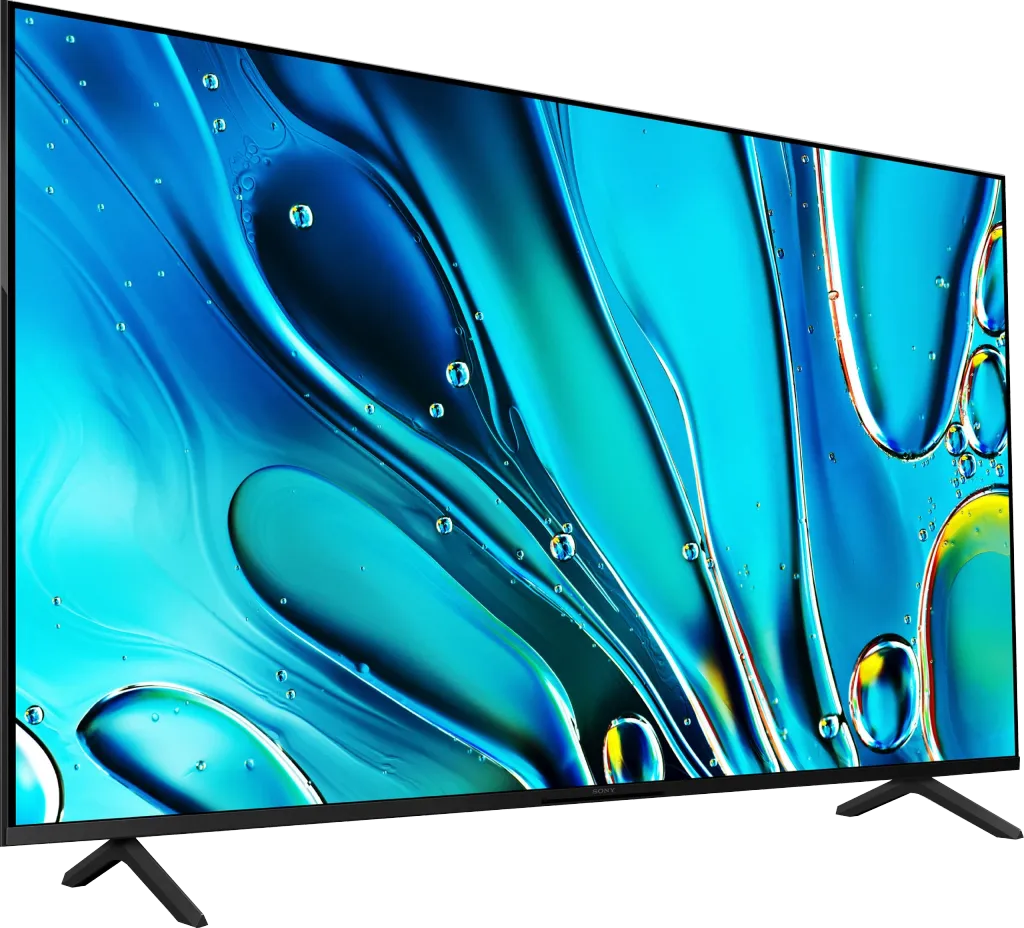
Complete the survey to find out the result
Panel type: LCD VA Refresh rate: 60Hz Brand: SONY Resolution: 3840x2160 System: Google TV Model year: 2025
Sony Bravia 3 is this year's proposal from the Japanese manufacturer, which replaces the X75WL model in its offering. It is the cheapest television in the brand's portfolio, aimed at those looking for a simple receiver with Google TV. However, it is worth noting that in the 50-inch version, the manufacturer used a different panel than in the larger variants. Instead of an IPS panel, we have a VA panel here, which changes the way the television handles contrast, black levels, and overall image quality. We checked how it performs in everyday use and for whom such a choice may be the most interesting.
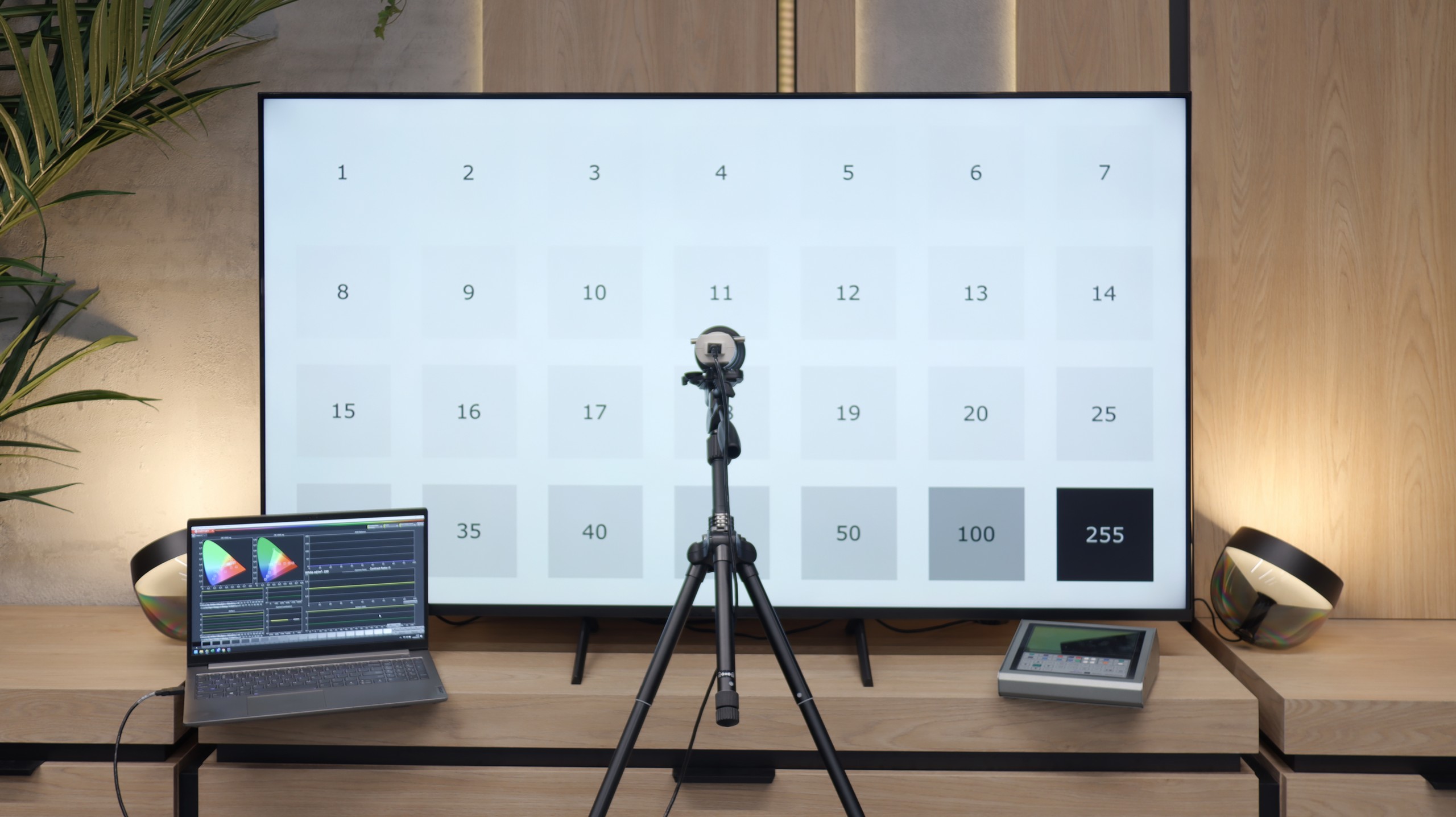
SONY Bravia 3 (VA) - Our verdict
6.1
Overall rating
Sony Bravia 3 in the VA panel variant is a television that remains the same budget model in character, but the change in panel type makes watching movies and series much more enjoyable. Higher contrast and deeper blacks finally allow for viewing in the evening without the impression that the screen is drowning in shades of gray. This is a significant advantage over the IPS version, even if it comes at the cost of much worse viewing angles. In practice, this comes down to a choice – if we watch mainly from a couch positioned directly in front, the VA panel gives a decidedly better effect. The rest of the image remains largely the same. The PFS filter still provides pleasantly saturated colors, and the upscaling is at a good level, ensuring that SDR content looks clean and aesthetic. The Google TV system, although it doesn’t always work perfectly smoothly, remains a huge asset – access to a broad library of applications and streaming platforms is something that competitors in this price range don’t always offer in such a refined form. At the same time, the Bravia 3 with VA does not solve all the issues of its predecessor. HDR brightness at around 350 nits still does not allow for a true high dynamic effect, and the lack of local dimming means that fine details can still be blown out. Additionally, there’s no USB recording, which was present in the predecessor. So, who is the Bravia 3 in the VA version for? For those who want to enter the world of Sony televisions at a lower cost and care about decent quality in films and series, primarily watching lower-quality content. It is not a proposition for gamers or for someone expecting cinematic HDR effects. As with the IPS version, it’s hard to talk about a bargain – even if it is the "cheapest Sony of 2025," it is still more expensive than competitors who can offer Mini-LEDs with significantly better contrast and brightness at the same price. Therefore, it is worth considering this model primarily when we come across an attractive promotion.
Advantages
Significantly better contrast and deeper blacks than the IPS variant
Higher screen brightness, which improves viewing comfort during the day
More uniform panel, fewer issues with vignetting and lightening
Smooth tonal transitions, especially in bright scenes
Wide color gamut coverage (over 91% DCI-P3)
Effective upscaling of lower quality materials
Dolby Vision support, which partially enhances the experience of HDR content
Google TV system with a large app library
Two remotes included – classic and minimalist
Disadvantages
A lot worse viewing angles than in the version with the IPS panel
Collaboration with PC clearly weaker: worse font readability and visible dithering
Occasional system freezes on Google TV
Missing USB recording feature
Movies and series in UHD quality
6.3
Classic TV, YouTube
6.3
Sports broadcasts (TV and apps)
5.3
Gaming on console
6.5
TV as a computer monitor
3.5
Watching in bright light
5.4
Utility functions
6.1
Apps
9.6
Sound quality
6.5
Complete the survey to find out what fits your preferences
SONY Bravia 3 (VA) - Competing TVs in this price range
SONY Bravia 3 (VA) - TV appearance
HDMI inputs: 4 x HDMI 2.0, 0 x HDMI 2.1 Outputs: Toslink (Optical audio), eARC (HDMI), ARC (HDMI) Network Interfaces: Wi-Fi 2.4GHz, Wi-Fi 5GHz, Ethernet (LAN) 100Mbps
Build quality: BuildQuality-Good
Bezel colour: Graphite
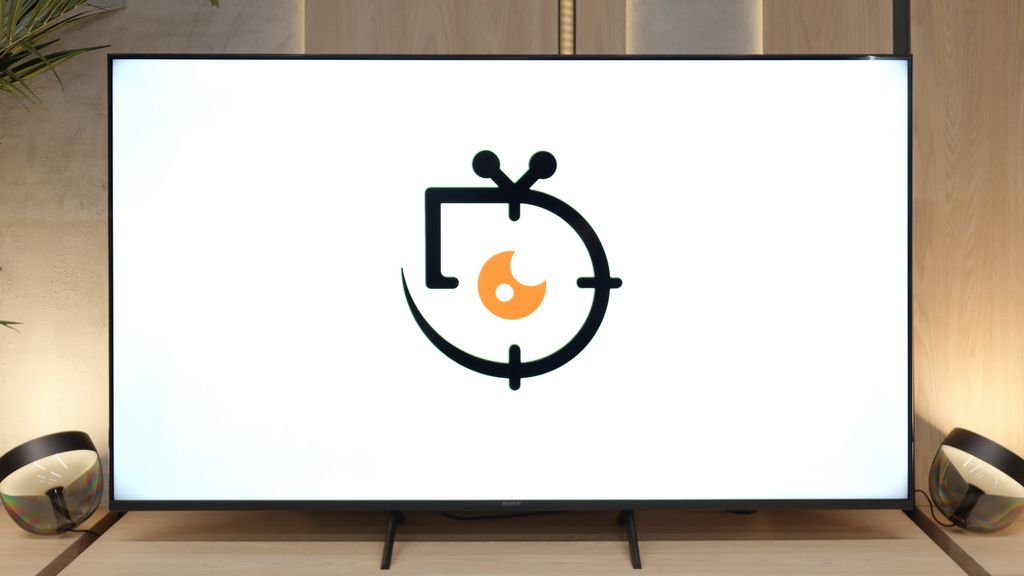
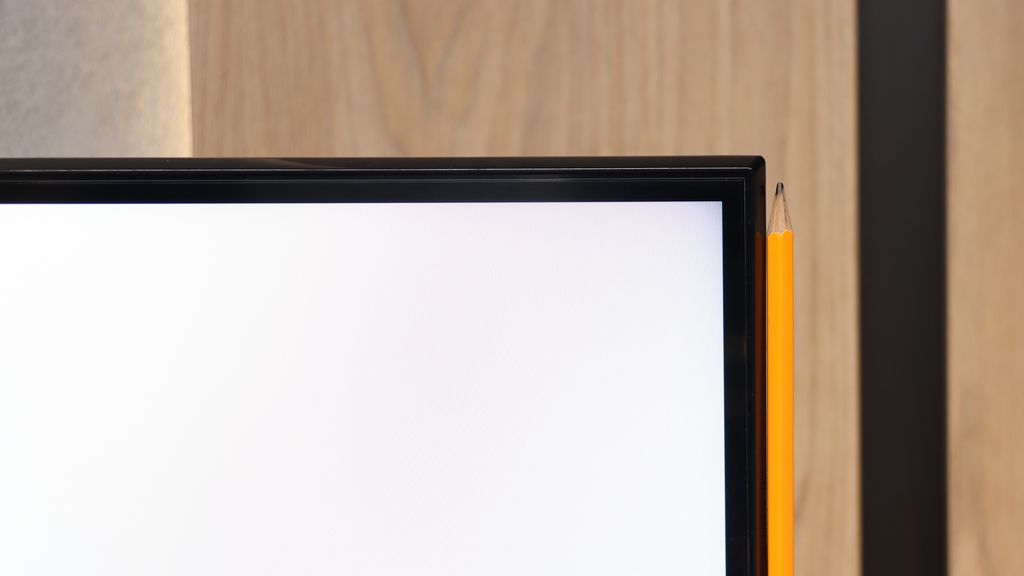
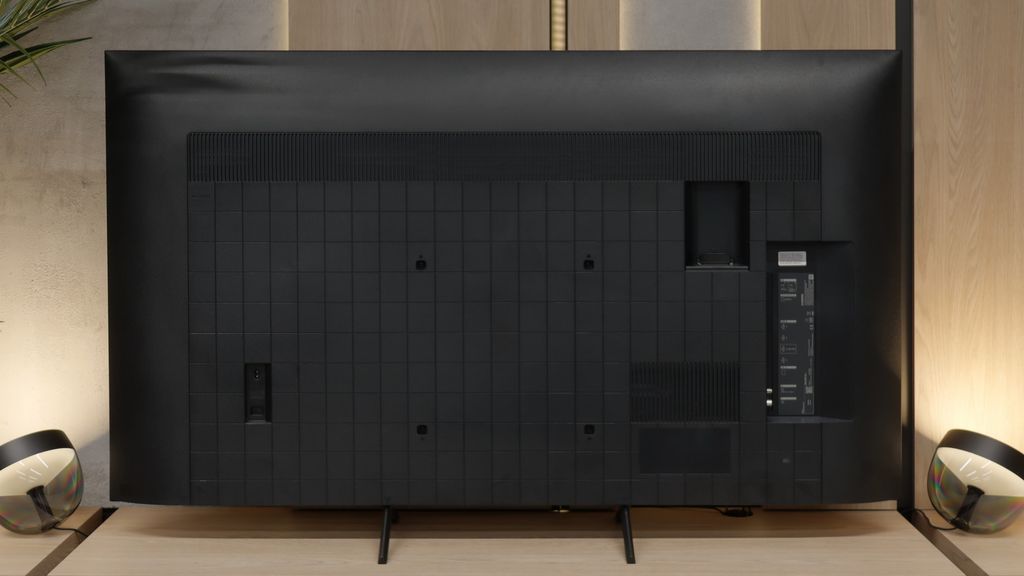
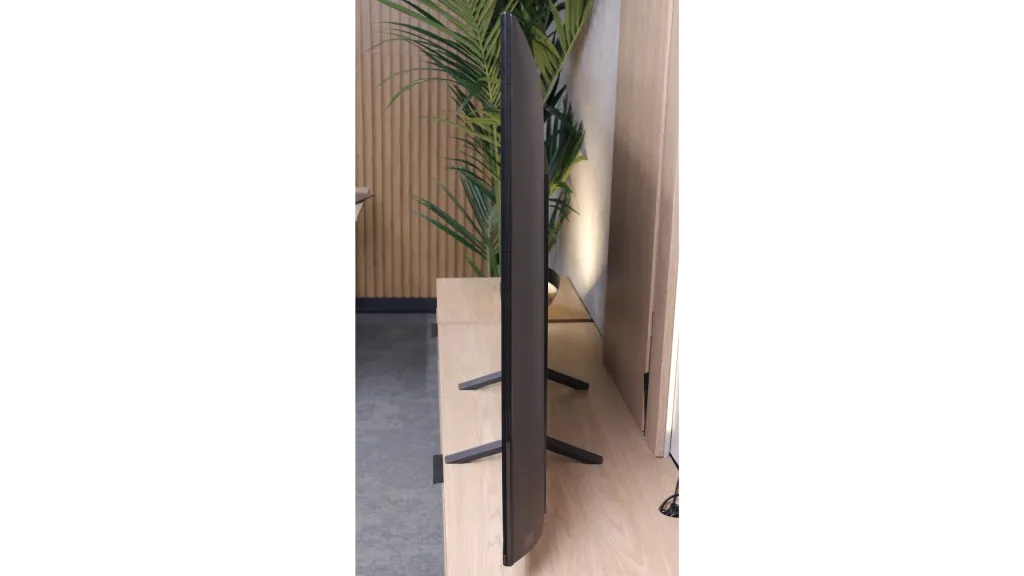
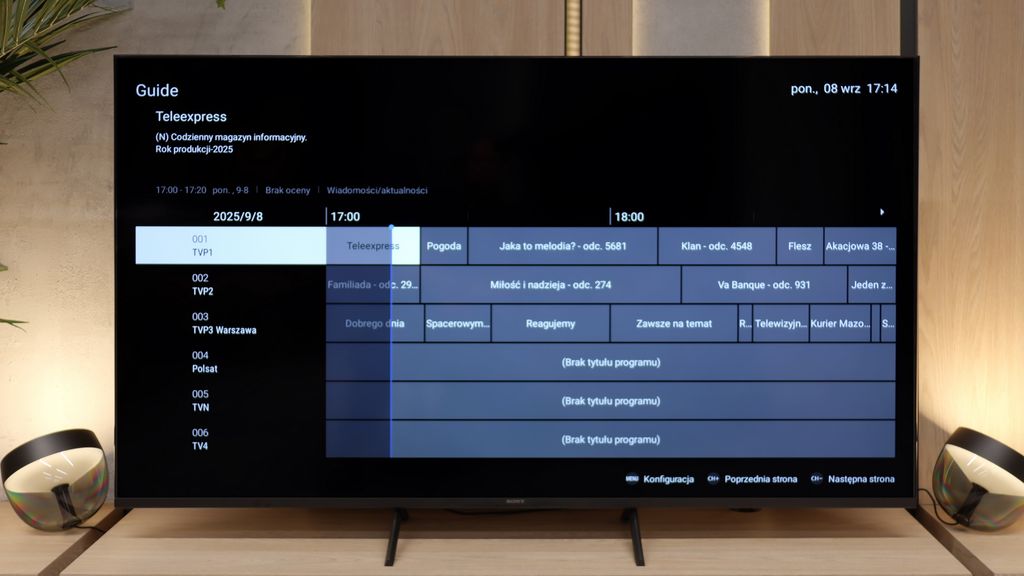
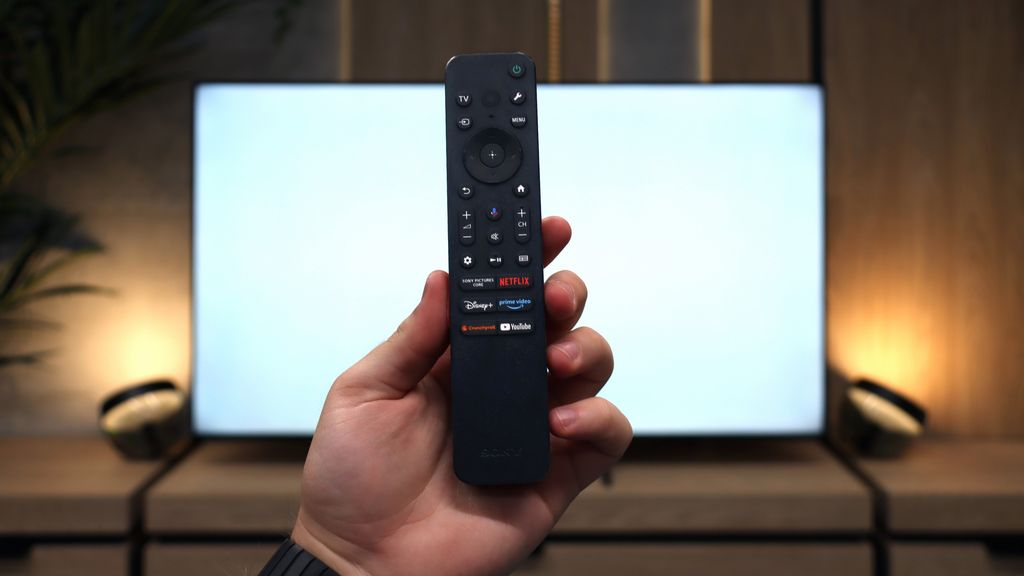
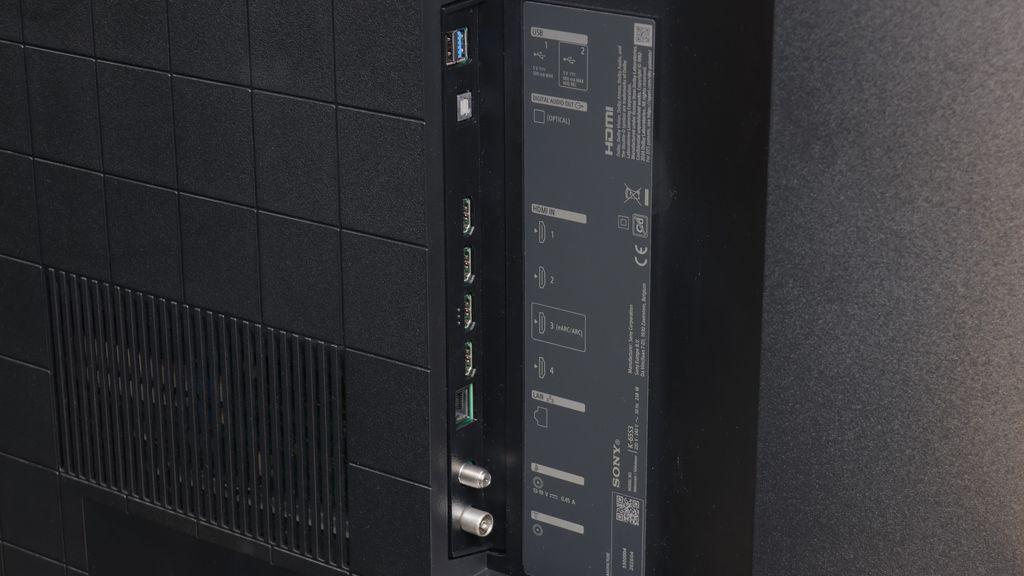
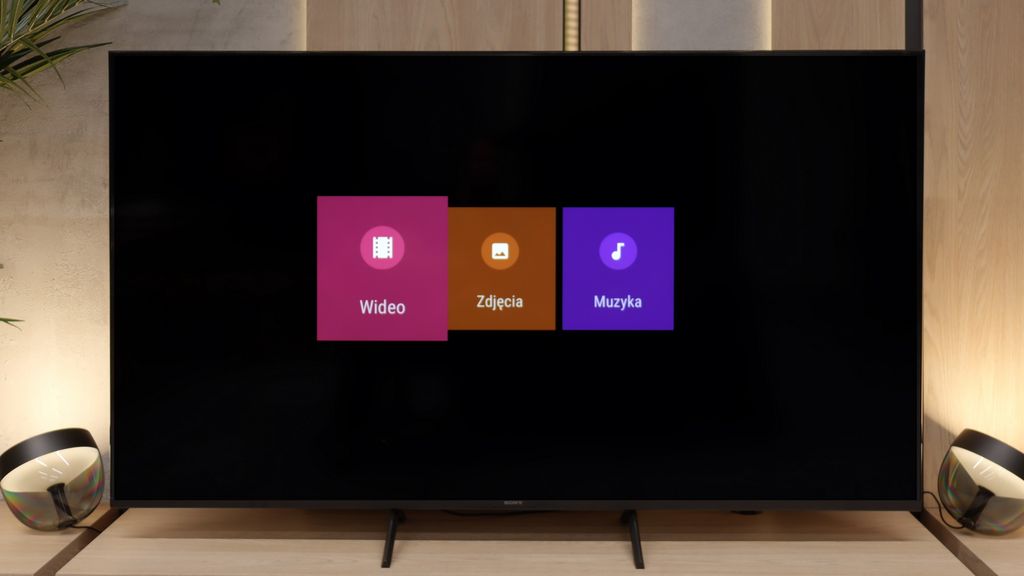
Stand: Base adjustment
Flat design: No
Accessories: Two remote controls, Stand
Sony Bravia 3 immediately shows that the Japanese have finally come to their senses regarding the TV's appearance. Compared to its predecessor, the X75WL, a lot has changed and it is visible right away. The frames around the screen have finally become narrow and sleek, making the television look modern rather than resembling equipment from a decade ago; it looks more like models from higher-end tiers. The clunky, several-centimeter frame has disappeared, and this is a change that simply pleases the eye. Of course, it’s not perfect. The overall construction is still quite thick because the plastic back cover contributes to that. If someone dreams of a super-slim device on the wall, the Bravia 3 probably won’t meet those expectations. However, the base deserves praise for its clever solution. Sony Bravia 3 gives us a choice – you can set the legs in a narrow position closer to the center or in a wide position, making it easier to fit the television to furniture. Additionally, they are metal and look really solid. Overall, one might get the impression that even those who have previously ruled out budget televisions due to their poor appearance will have no reason to frown with the Bravia 3.
Buy in the best price
Select size:
SONY Bravia 3 (VA) - Contrast and black detail
5.7/10
Local dimming function: No

Result
5,550:1

Result
5,250:1

Result
5,050:1

Result
5,150:1

Result
4,000:1
Visibility of details in the lights:
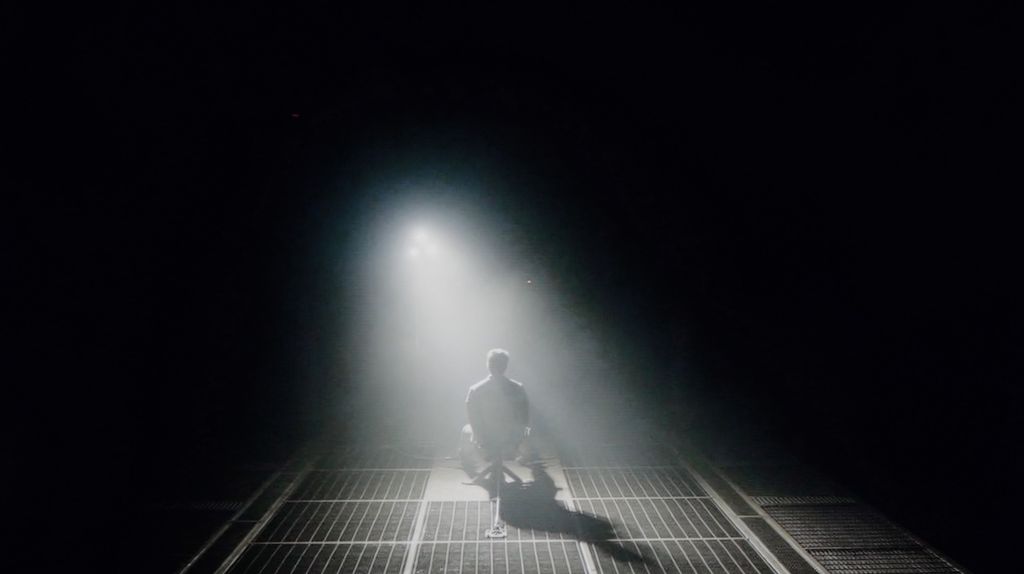
The biggest difference in the 50-inch variant is the way Bravia 3 handles contrast. Although the television is not equipped with a local dimming system, simply changing the type of panel to VA provides a noticeable effect. The contrast is definitely higher than in the other sizes based on IPS panels, and the blacks no longer resemble washed-out shades of gray or navy. As a result, much more detail is visible in darker parts of the image, making evening viewing simply more enjoyable. It's still not at the level of more expensive Sony models, but the difference compared to the other variants of Bravia 3 is clear and easily noticeable after a short viewing session.
SONY Bravia 3 (VA) - HDR effect quality
4.9/10
Supported formats: HDR10, Dolby Vision, HLG Color gamut coverage: DCI P3: 91.9%, Bt.2020: 67.3%
Luminance measurements in HDR:

Result
319 nit

Result
360 nit

Result
393 nit

Result
365 nit

Result
395 nit
Interestingly, in the 50-inch version, the Bravia 3 performs slightly better in terms of brightness than its larger variants. In measurements, it achieved around 370 nits, which still aren't values that can compete with top-end televisions, but enough to speak of a semblance of HDR effect. For some users, this level will be acceptable, while others will view it as typical for SDR content, where spectacular bursts or strong contrasts are not expected. It must be clearly stated that the Bravia 3 is not a television for those who want to extract maximum quality from the most challenging film materials.
However, this does not mean that everything is mediocre. Sony equipped this model with an additional PFS filter, which works similarly to solutions used in QLED televisions. As a result, the coverage of the DCI-P3 color palette increased to over 91 percent. In everyday use, this means livelier, more saturated colors and a more pleasing image texture. Even if strong lighting effects are lacking, movies and series can look significantly more attractive than in its predecessor, the X75WL.
Scene from the movie “Pan” (about 2800 nits)
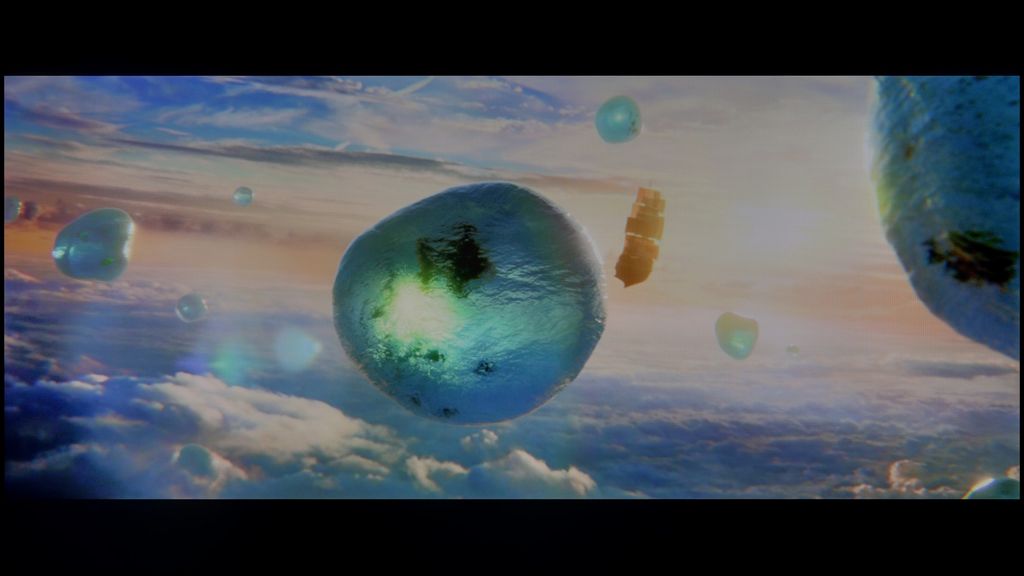
Scene from the movie “Billy Lynn” (about 1100 nits)

Bravia 3 has a challenging task ahead, as on one hand, it carries the film legacy of a brand associated with some of the best screens on the market, and on the other hand, it is practically the cheapest representative of this family. Expectations are high, especially due to the very logo of Sony on the casing. Unfortunately, when we reach for the first productions in HDR, it quickly becomes clear that the television cannot meet this burden. Regardless of the type of content – whether it's simpler series from streaming platforms or high-quality releases on Blu-ray discs – the image feels flattened, with limited contrast and a lack of true depth. Details in the brighter parts of the screen often disappear, as if they have simply been blown out, and scenes that are supposed to dazzle with the play of lights look surprisingly average. It’s hard not to say it bluntly: in terms of HDR quality, Sony Bravia 3 has little in common with a true showcase of engineering capabilities that the more expensive Sony models are known for. It's an experience that leaves something to be desired, especially if someone expects cinematic magic from a device with this logo.
HDR luminance chart:
HDR luminance
Fortunately, it's not always as bad as it might seem after the first contact with HDR. The Bravia 3 can improve its face when we reach for content prepared based on dynamic metadata, that is, in Dolby Vision format. Of course, we shouldn't expect a sudden miracle, as it's hard to say that the image in this mode dazzles in our comparisons, but the difference compared to static HDR10 is clear. Dolby Vision handles bright areas much better, avoiding overexposure and artificial brightening, which are particularly noticeable in HDR10 and make the screen look simply like one big bright spot. It is thanks to Dolby Vision that the Bravia 3 can present at least a semblance of a more attractive image, allowing for more natural transitions and the retention of some details that are irretrievably lost in static HDR. Fortunately, it is currently the most popular dynamic format, supported by all major streaming services, including Netflix and Disney+. So, when watching movies and series from these platforms, one can count on the Bravia 3 to show its better, more colorful face.
Static HDR10

Dynamic: Dolby Vision

Factory color reproduction
5.8/10
We primarily tested the Sony Bravia 3 in movie mode, which immediately proved to be the best choice among the factory settings. It's not a perfect picture, but compared to eco mode, which the TV suggests right out of the box, the difference is clear and positive. In movie mode, one can notice a certain problem: the picture seems too warm, which results from a lack of blue in the white balance. Despite this, in SDR content, the final effect can still be considered quite decent and satisfactory for everyday viewing. Much more serious errors appear in HDR materials. The Color Checker analysis showed significant deviations, and poor brightness management, combined with limited color gamut coverage, further exposes the shortcomings of the picture in this mode. All this makes HDR on the Bravia 3 look unconvincing and can spoil the impression left by the quite decent SDR content settings. Fortunately, this is not a hopeless situation. All sorts of errors can be somewhat mitigated, and some can even be completely corrected through professional calibration. That’s why we decided to see how the TV would perform after such adjustments.
Color reproduction after calibration
7.5/10
The calibration allowed us to extract significantly more from the Bravia 3 than we could have expected at the beginning. Most importantly, we managed to address the deficiency of blue, which previously caused a noticeable warming of the image. After a slight adjustment in the white balance, most of the errors in the Color Checker measurements for SDR content practically disappeared. The shades of white gained naturalness, and the brightness management in gamma stabilized to a level nearly ideal, not exceeding the threshold of human eye perception. One can therefore confidently say that in SDR content, after a few adjustments in settings, the Bravia 3 performs really impressively. Much worse, though still definitely better than before calibration, is its performance with HDR content. The white balance has been brought under control, but the limitations of the IPS panel are insurmountable. The lack of local dimming means that even the smallest elements can be overexposed, which is immediately noticeable. Color-wise, the effect is also improved, although far from perfect – many errors still exceed four, or even five delta E units, meaning they remain visible to the human eye. It was already clear that the Bravia 3 is not a television designed to impress with HDR quality. Nevertheless, it is gratifying that in SDR content, after calibration, the image can look truly great, and in this category, the television surprised us positively.
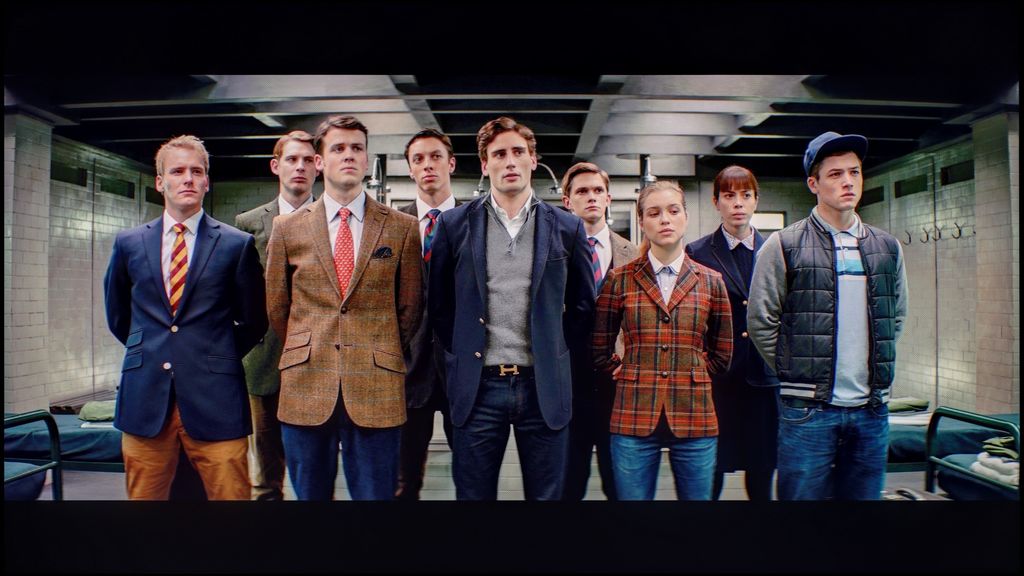

SONY Bravia 3 (VA) - Smoothness of tonal transitions
9.1/10
In terms of the fluidity of tonal transitions, the impressions from the Bravia 3 with a VA panel are very similar to what we saw in the IPS variant; however, there is one crucial factor here – screen uniformity. The VA panel performs significantly better at maintaining image consistency, which immediately translates into a higher rating. This was most noticeable in scenes from the movie Green Knight. In the IPS version, strong brightening and vignetting practically made it impossible to assess the gradation itself, whereas in the 50-inch variant, this problem was greatly reduced. As for the tonal transitions themselves, the TV presents itself really well. In bright parts of the image, we did not notice any serious errors – colors combine smoothly, without creating artificial contours. In darker scenes, there are also no major issues with color gradation, and thanks to the more even backlighting, the image is much more pleasant to view than in the IPS panel version. So, one can say that this is one of those categories where the Bravia 3 in the 50-inch edition performs surprisingly well.
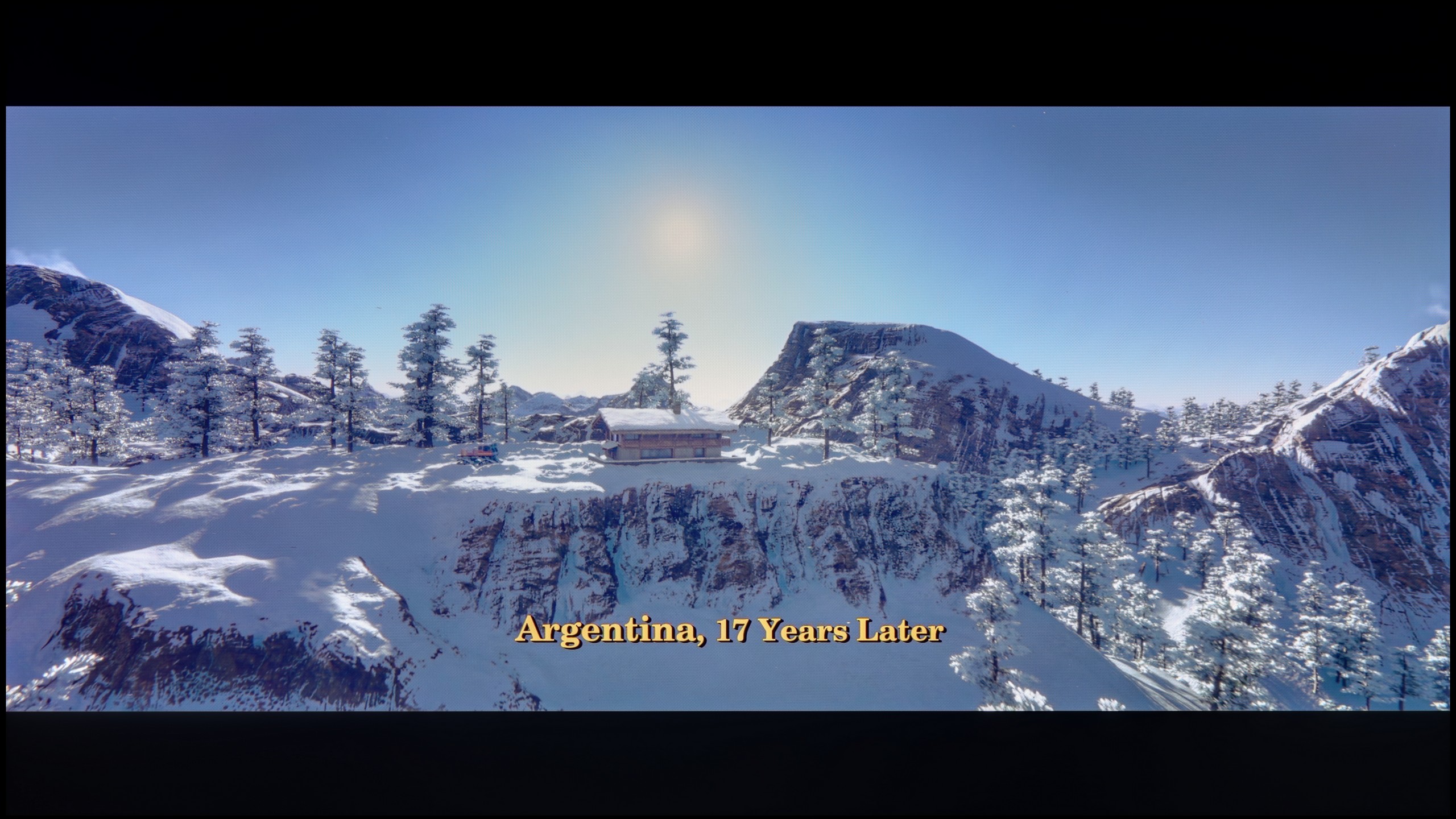

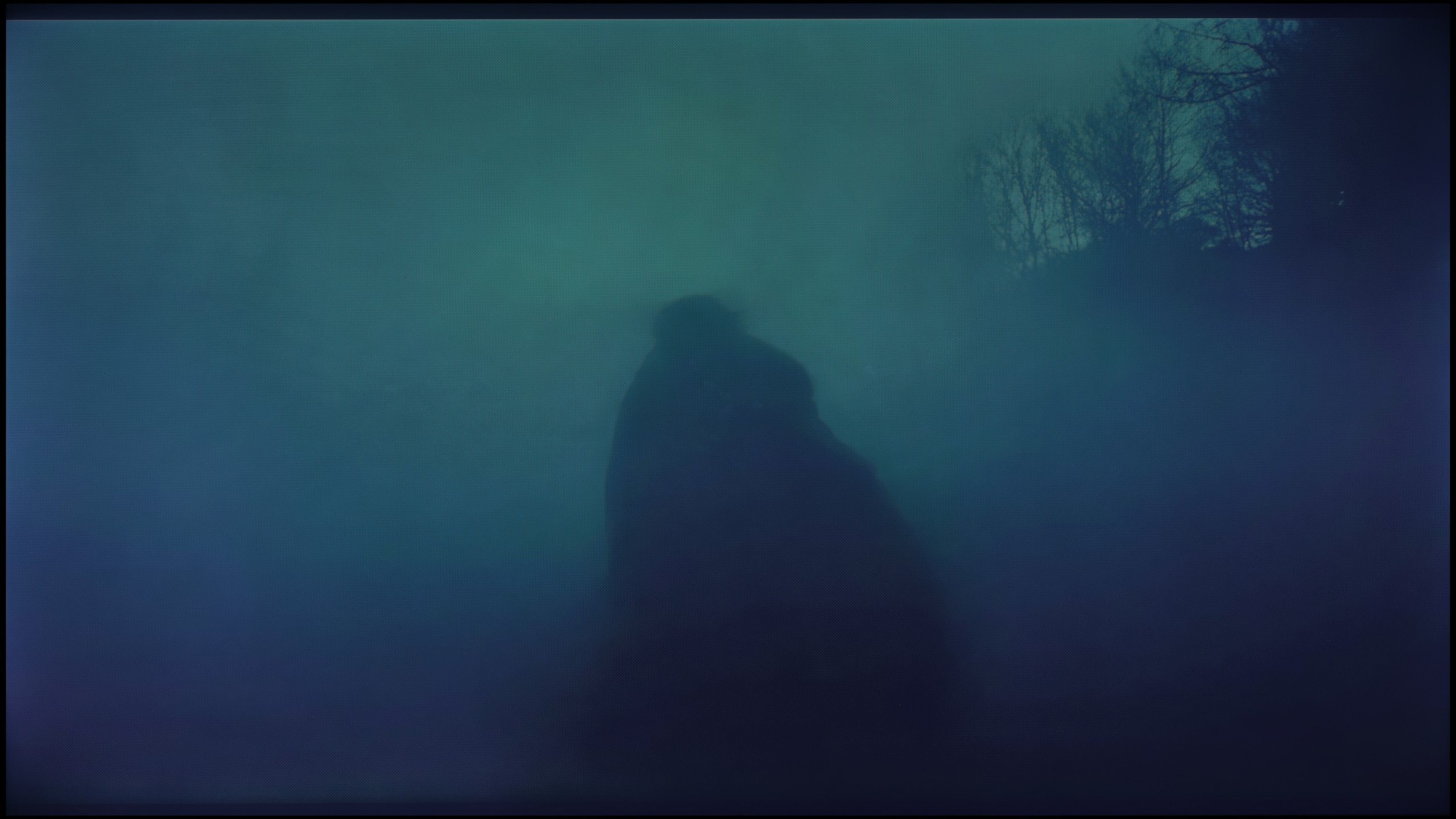
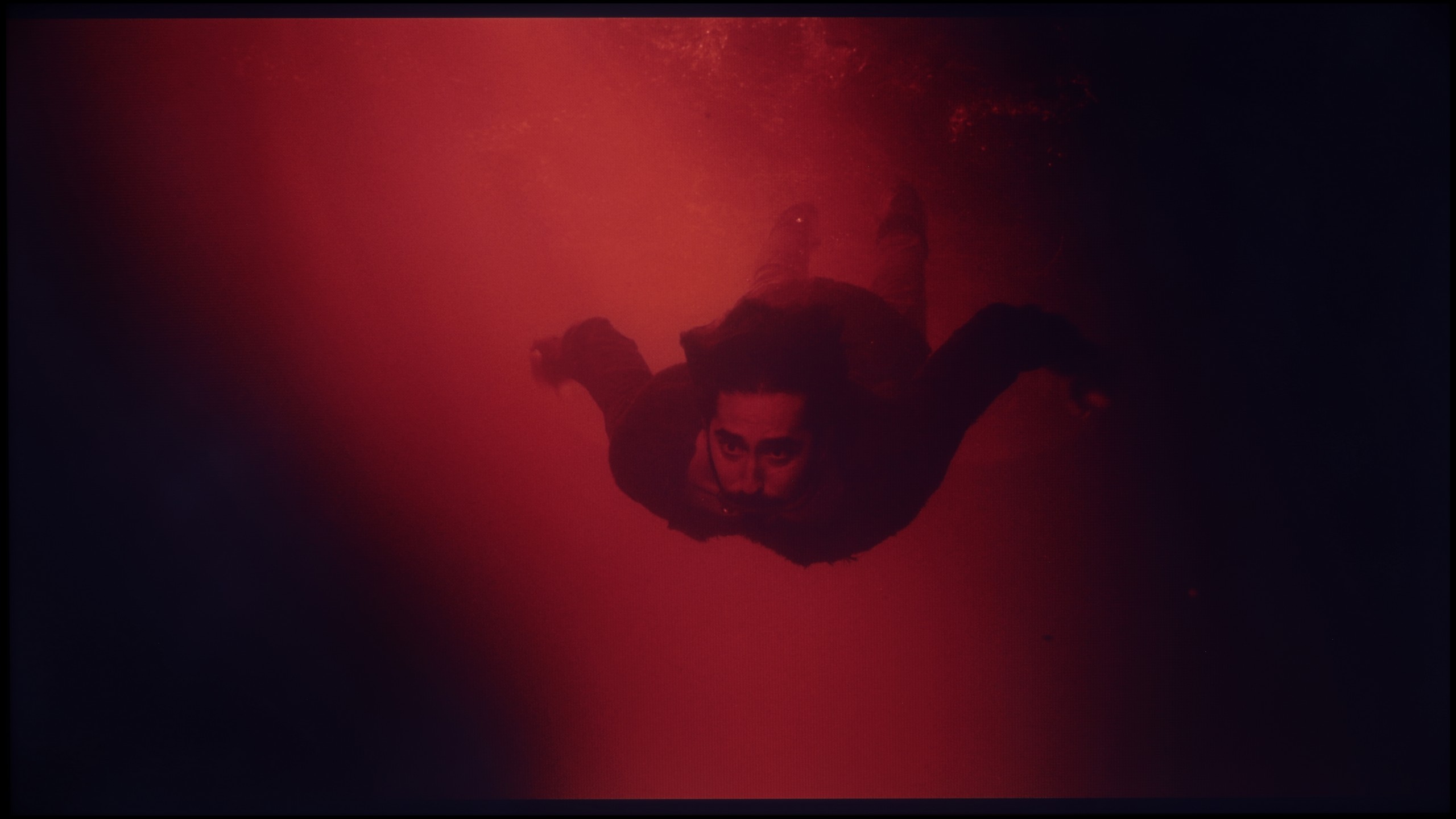




Image scaling and smoothness of tonal transitions
7/10
Smooth transition function
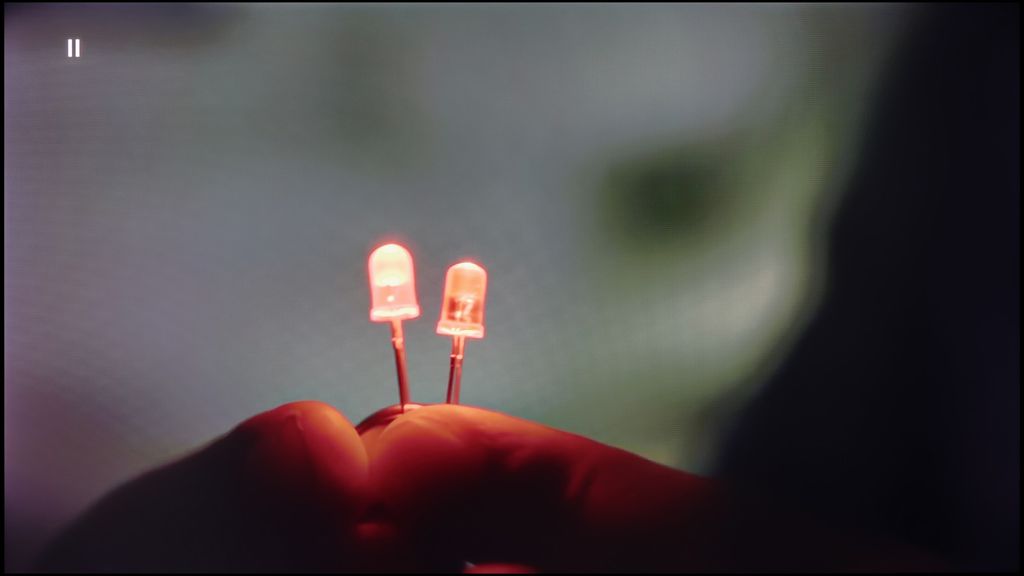
Image without overscan on the SD signal

Bravia 3 brings something more to the Sony TV family than just a common name. It stands out primarily for its ability to enhance the quality of weaker materials thanks to the processor used. Of course, we won't find the advanced XR chip known from more expensive models here, but still, it must be admitted that the image at lower resolutions looked surprisingly good. The upscaling worked effectively, and most parts of the screen were free from the typical excessive edge jaggedness found in budget constructions. The feature that improves the fluidity of tonal transitions is also noteworthy. In the high setting, it works really well, effectively masking gradation imperfections without significant loss of detail. It does happen that the algorithm overly smooths elements that should remain sharp - for example, faces - however, in general, the effect is beneficial. The best results were achieved precisely at the highest setting, and this option could be recommended to people watching lower quality content.
SONY Bravia 3 (VA) - Blur and motion smoothness
4.5/10
Maximum refresh rate of the panel: 60Hz
Film motion smoothing option: Yes
Blur reduction option: No
BFI function 60Hz: Yes, 120Hz (double contours)
BFI function 120Hz: No
Brightness drop with BFI: 26%
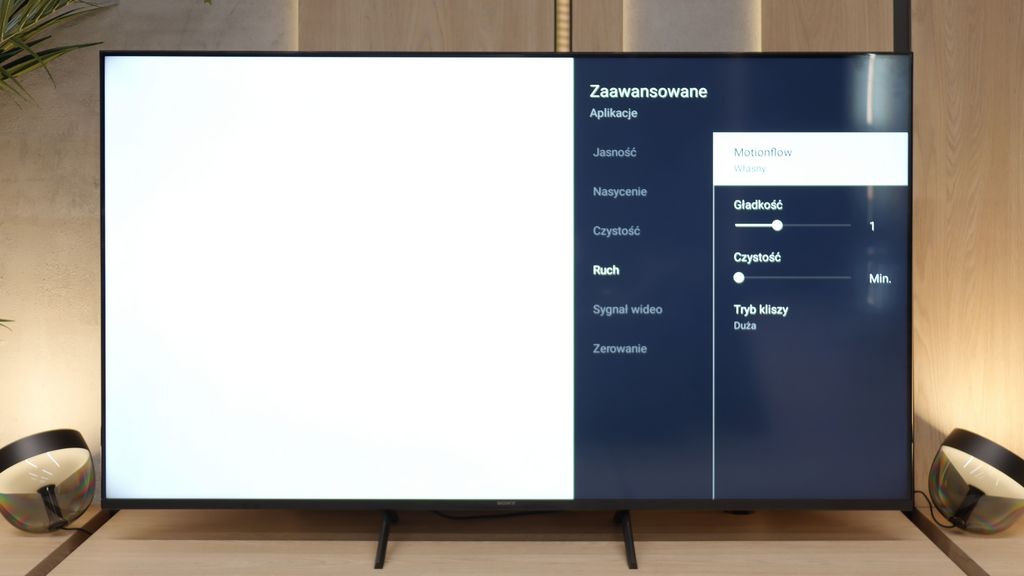
The fluidity of motion has never been a strong point of televisions equipped with 60 Hz panels, and the Bravia 3 is no exception. Nevertheless, Sony has added something that may appeal to those who are more sensitive to the way images are displayed. We are talking about the proprietary motion smoother, Motion Flow, which gives users a lot of adjustment options. Thanks to it, the image can become smoother, almost theatrical, or you can stick with a more cinematic style characterized by the jaggedness that many people simply associate with the filmic atmosphere. These features work for content with lower frame rates, such as movies and series recorded at 24 or 30 frames per second, which are the materials we encounter every day. This is where the motion smoother proves to be one of the most important features in everyday use of the television, and here the Bravia 3 performs really well.
Blur (native resolution, maximum refresh rate):
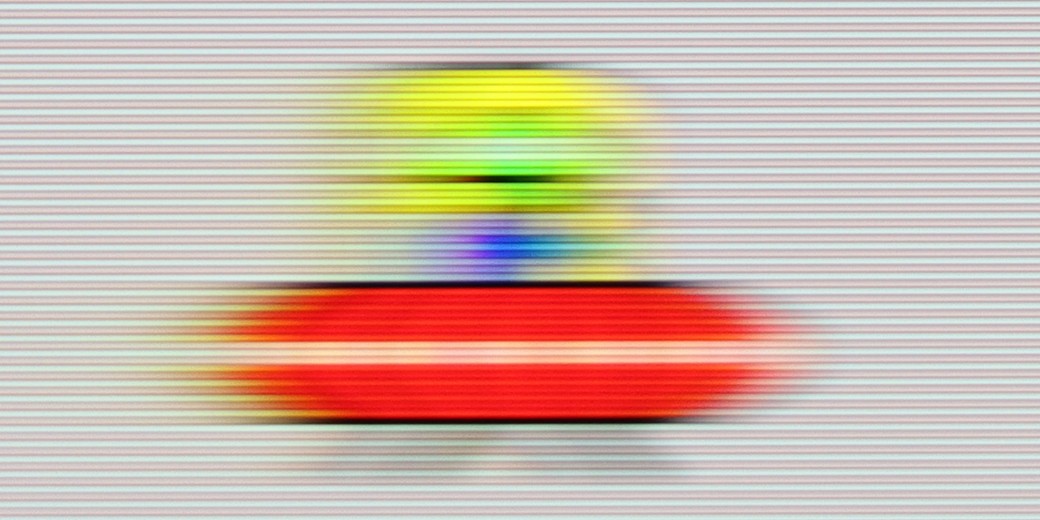
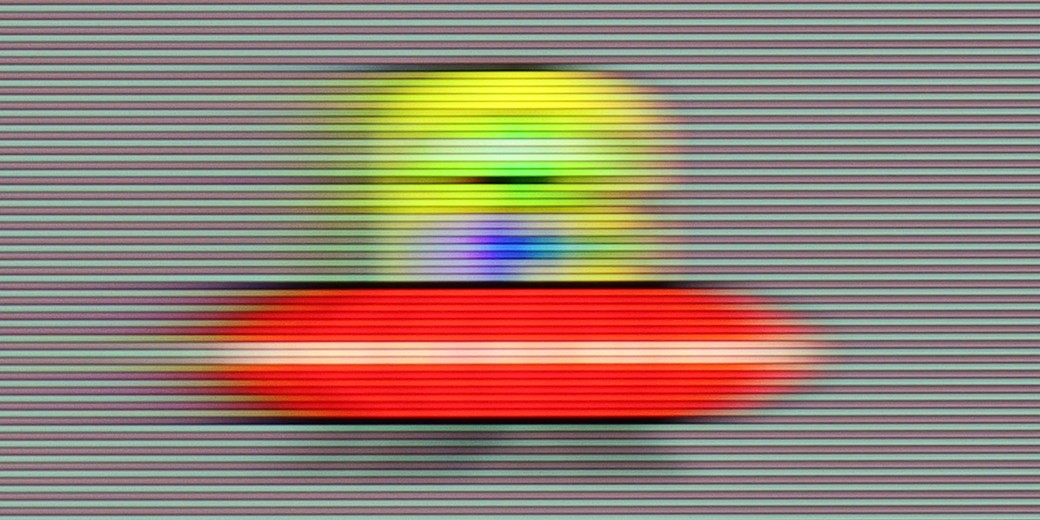
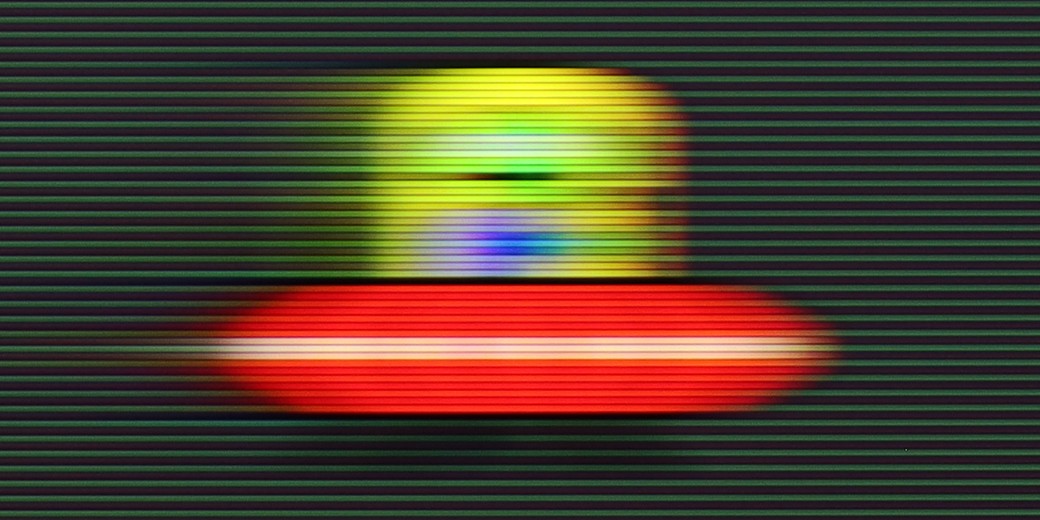
Blur (BFI function enabled):
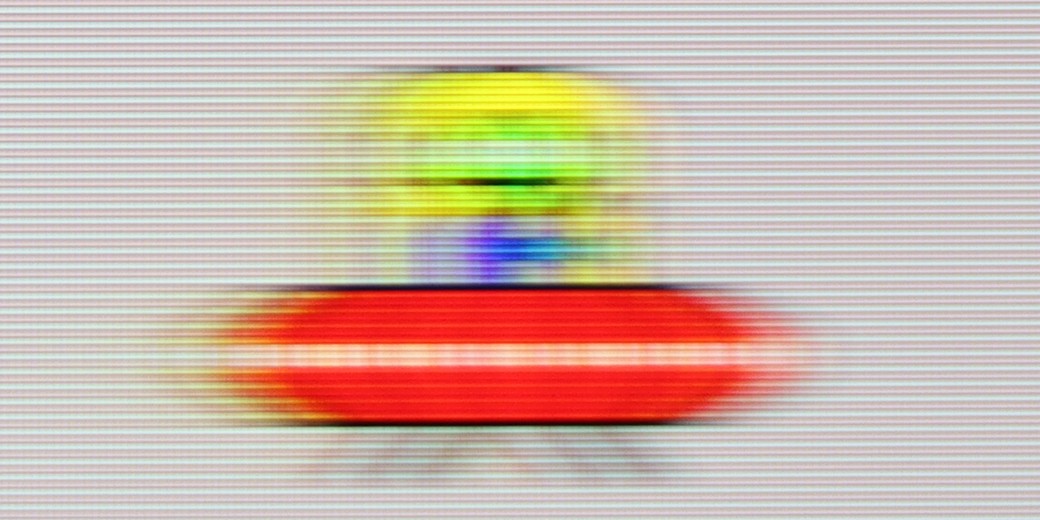
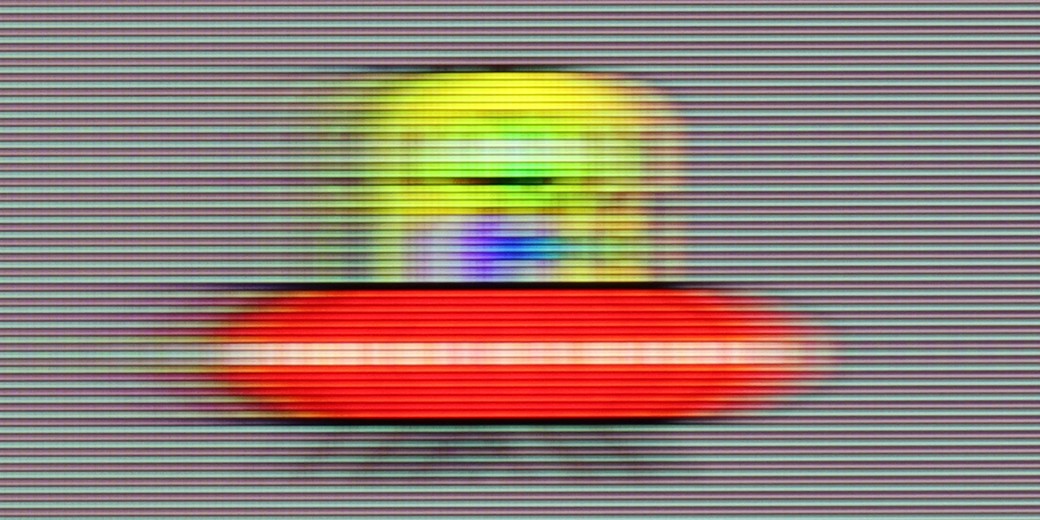
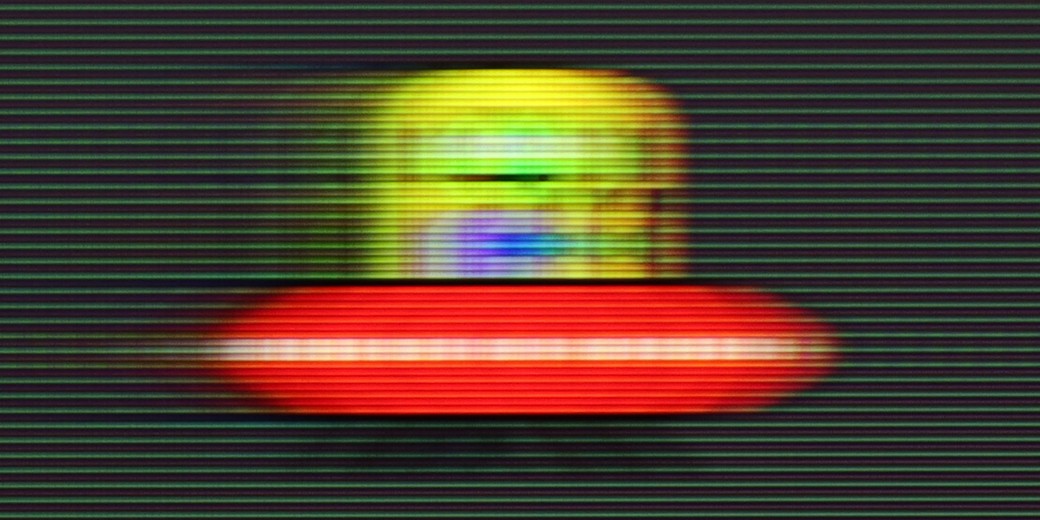
When it comes to smearing, the VA panel variant performs slightly worse than the IPS version. This is a natural characteristic of this type of panels – although VA can offer better contrast and deeper blacks, they do not handle fast motion as well in return. In dynamic scenes, you can notice slightly more blurring, and the image loses some sharpness.
However, this does not mean that the situation is bad. Just like in the IPS version, here we also have the "Clarity" (BFI) feature at our disposal. Turning it on at the second level does not work miracles, but it does help reduce the smear effect and makes motion more readable. It is still a soft image that will not be ideal for sports fans or dynamic games, but for everyday watching of series or movies, the difference compared to the option being off is noticeable and may prove sufficient.
SONY Bravia 3 (VA) - Console compatibility and gaming features
4/10
ALLM: Yes
VRR: No
VRR range: No
Dolby Vision Game Mode: Yes
Correct implementation of HGIG: No
1080p@120Hz: No
1440p@120Hz: No
4K@120Hz: No
Game bar: Yes
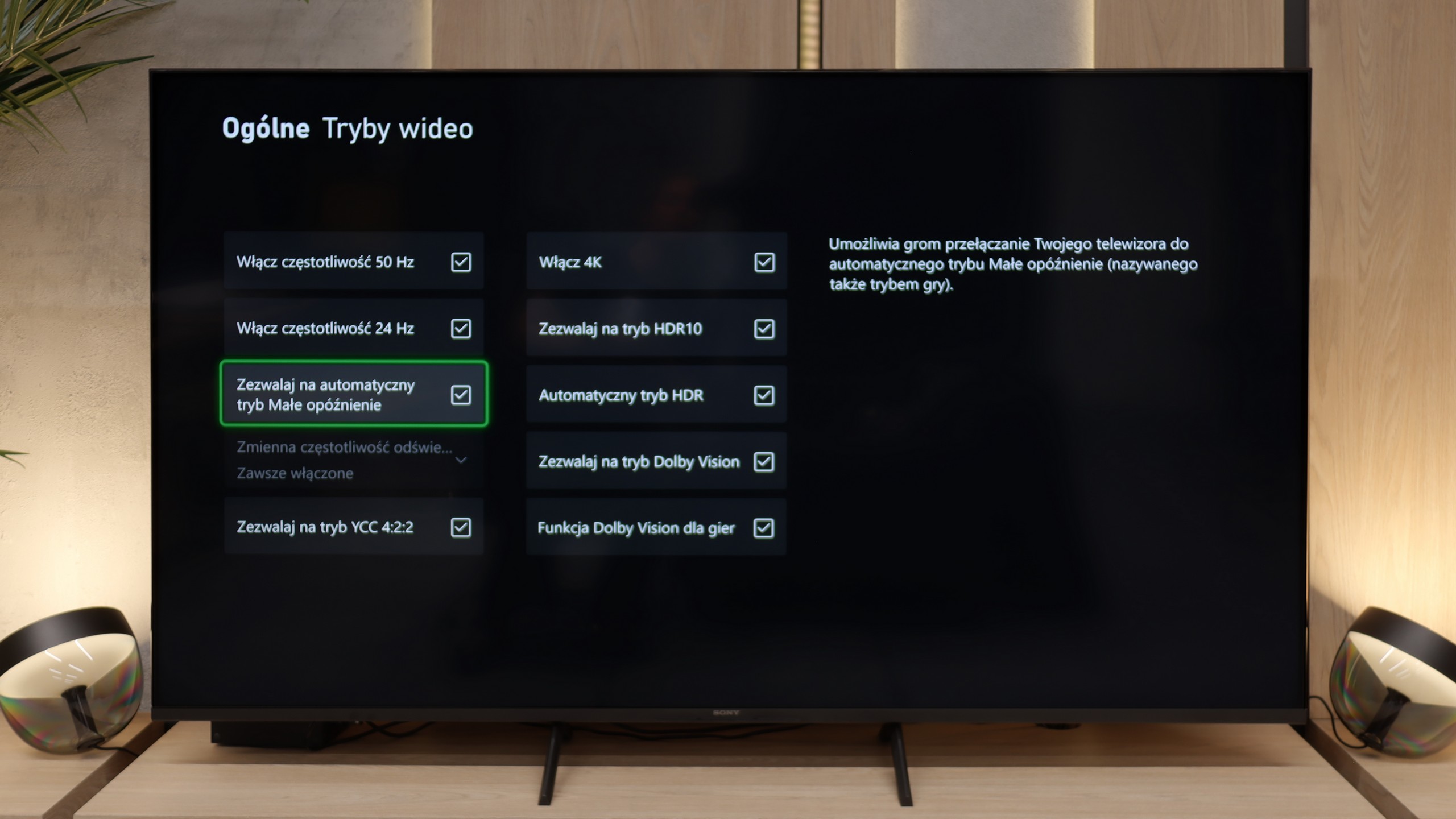
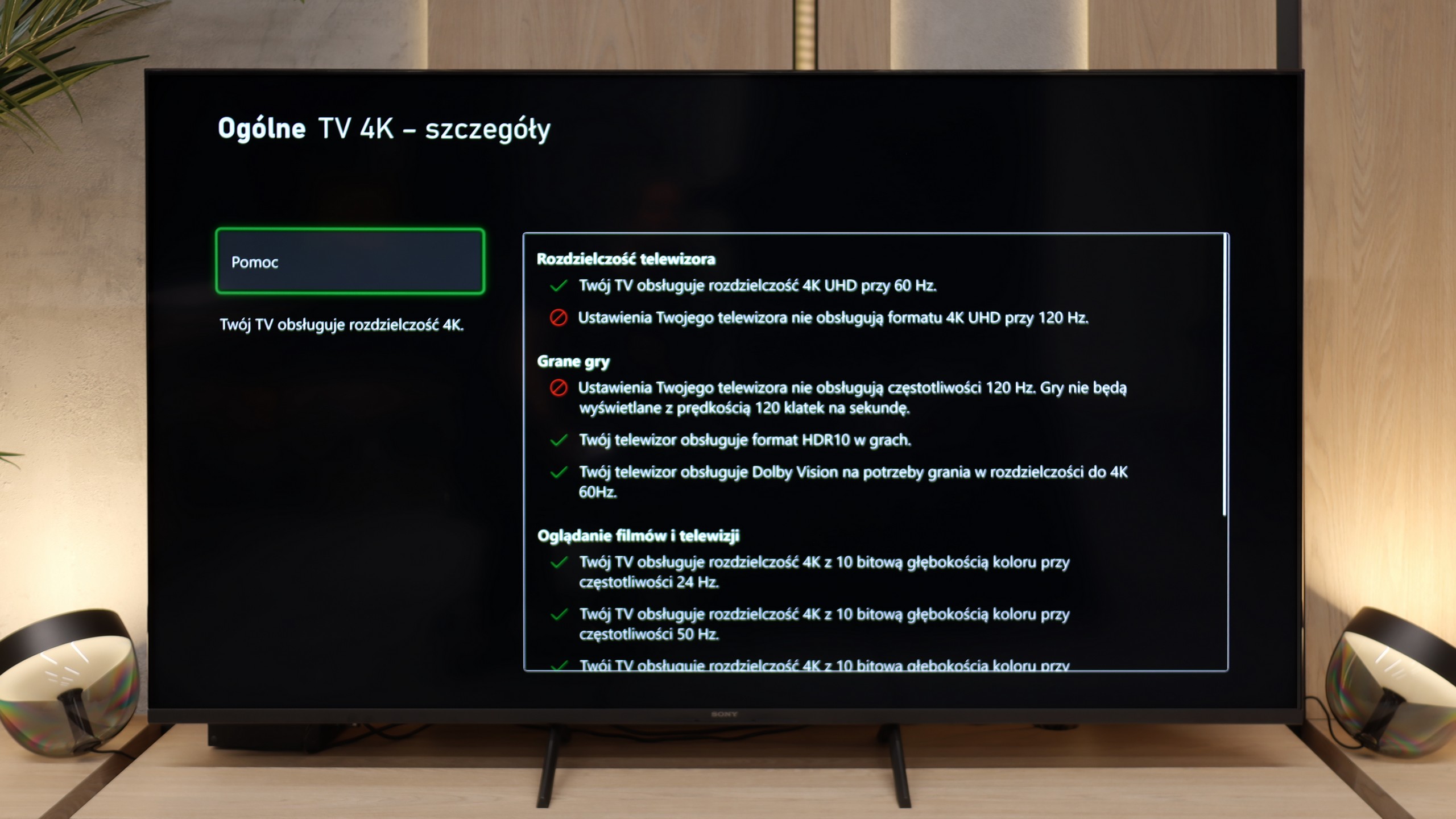
Bravia 3 is not equipment for e-sports players or fans of late-night marathons with a controller in hand. The lack of 120 Hz refresh rate and HDMI 2.1 ports closes the topic before it even gets a chance to develop. This is a television for a casual gamer who will play FIFA or racing games after work, not for someone who measures every frame in a spreadsheet. Nevertheless, Sony has added a few nice extras to make it feel less bare. ALLM works as it should, automatically switching the television to game mode (low latency). There's even a simple Game Bar that is clear. However, the biggest curiosity here is the PlayStation Portal app. Thanks to it, you can launch games from PS5 wirelessly and see them immediately on the television screen. It sounds great, but it only takes a few minutes to feel significant lag. In our opinion, it's more of a showcase of capabilities than something you can reliably use every day. If someone really wants to play, it's better to connect the console with an HDMI cable and forget about wireless issues.
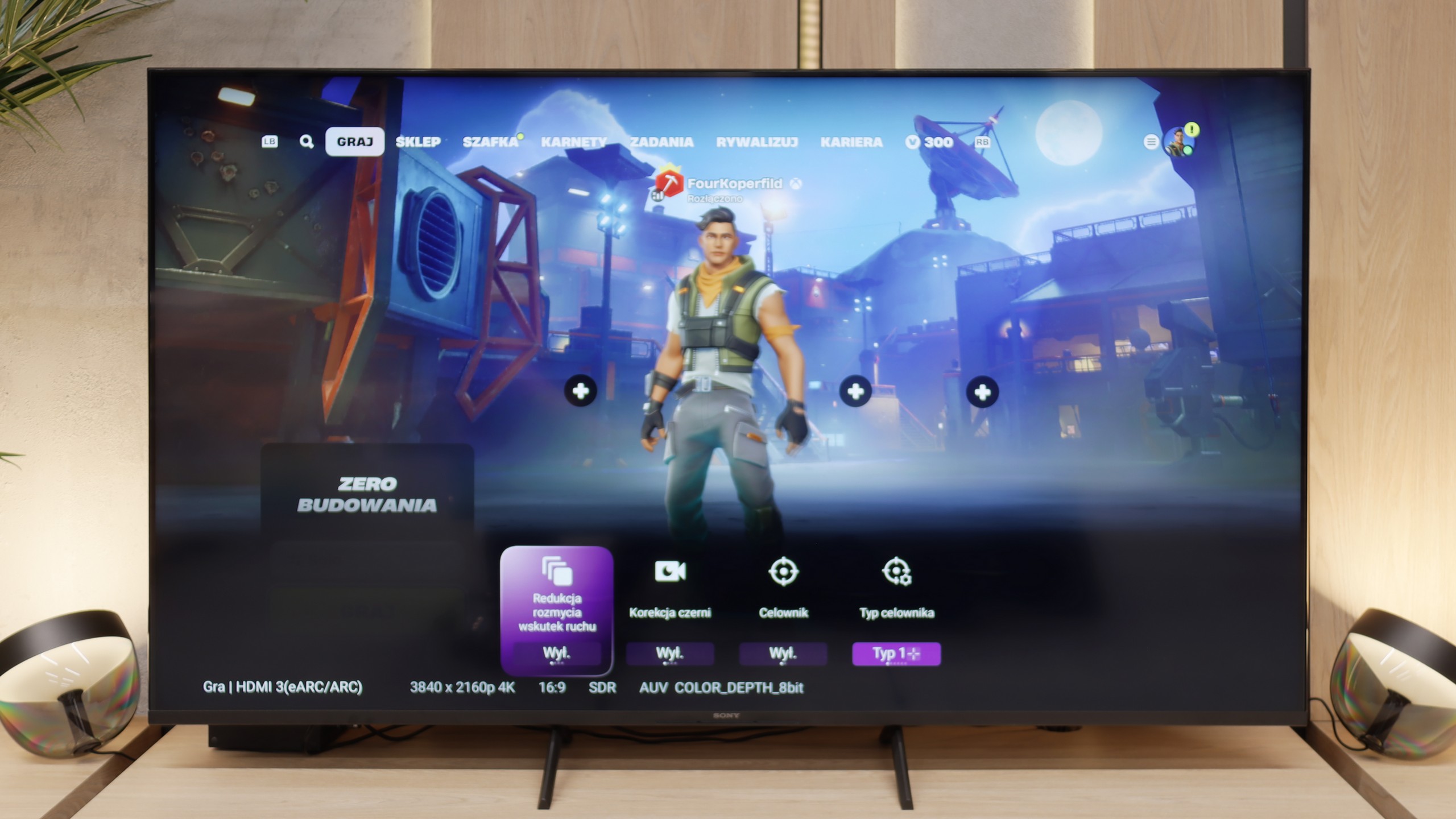
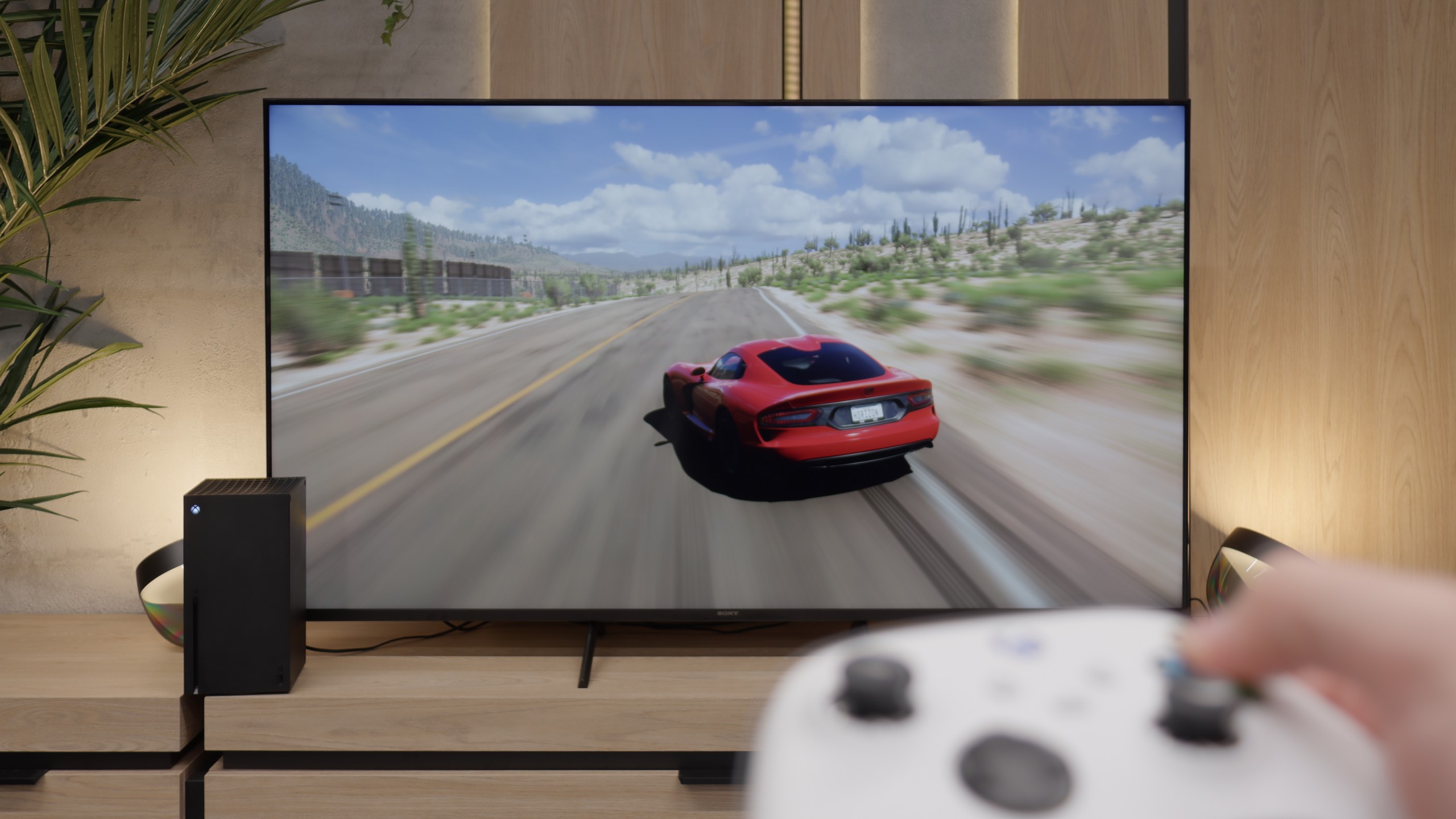

SONY Bravia 3 (VA) - Input lag
10/10
Here, Bravia 3 shows its best side. Latencies drop below 12 milliseconds in almost every resolution and mode, so the response to controller movements is instantaneous, and there is no noticeable delay. It feels like the console and the TV are speaking the same language, without unnecessary pauses and hesitations. Special attention should be given to the Dolby Vision Gaming mode. In its predecessor, the X75WL model, using this feature was simply agonizing – input lag could exceed 100 milliseconds, which effectively took away the pleasure of gaming. In Bravia 3, this problem has been completely eliminated.
| SDR | HDR | Dolby Vision |
|---|---|---|
| 1080p60: 12 ms | 2160p60: 11 ms | 2160p60 DV: 12 ms |
| 2160p60: 12 ms |

SONY Bravia 3 (VA) - Compatibility with PC
3.5/10
Chroma 444 (maximum resolution and refresh rate): Yes
Font clarity: Good
Readability of dark text and shapes: Poor
Input lag in PC mode (4K, maximum refresh rate): 12ms
Matrix subpixel arrangement: BGR
Max refresh rate: 60Hz
G-Sync: No
Collaboration with a computer in the case of Bravia 3 with a VA panel does not perform as well as in the version with an IPS panel. The fonts are noticeably less sharp and harder to read, which is immediately apparent when working with text. To this, there is the surprising issue of dithering, which we did not notice in the IPS variant. This is quite an unusual situation, but definitely worth noting, as it may hinder those planning to use the television as a monitor. When it comes to PC gaming, there are also no major reasons for enthusiasm here. The lack of support for frame synchronization with graphics cards or higher refresh rates makes the screen rather unattractive in this role. Therefore, if someone is seriously considering connecting Bravia 3 to a computer, a better choice would be the variant with an IPS panel, which performs significantly better in this regard.
SONY Bravia 3 (VA) - Viewing angles
3.2/10
Brightness drop at an angle of 45 degrees: 73%
The viewing angles in Bravia 3 with VA matrix are clearly weaker than in the version with IPS panel. It is enough to sit slightly to the side for the image to begin losing saturation and clarity, and the black to take on a lighter shade. This is the natural price to pay for the significantly better contrast and deeper blacks, which are a definite advantage in this variant.
SONY Bravia 3 (VA) - TV efficiency during daytime
5.4/10
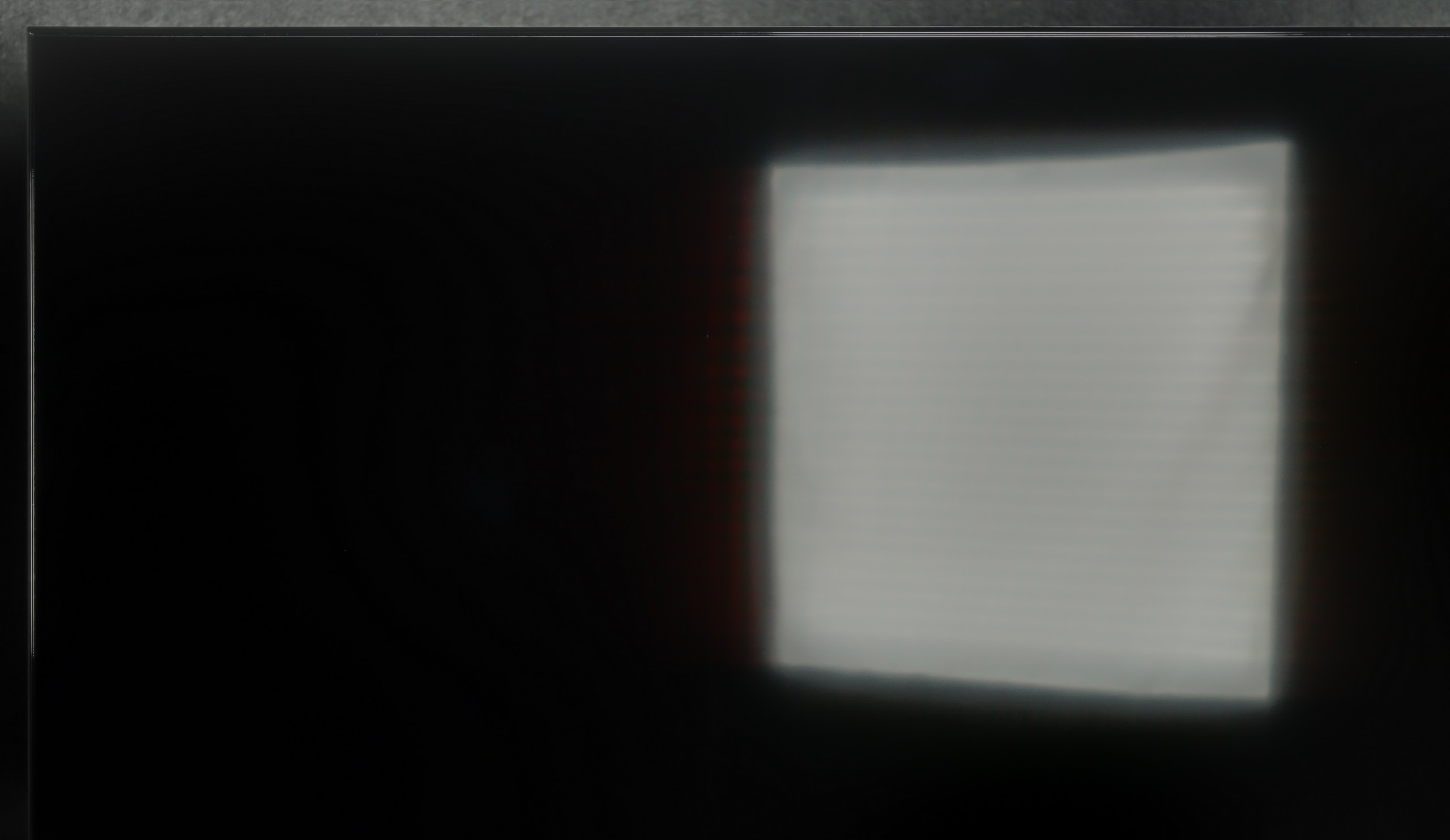
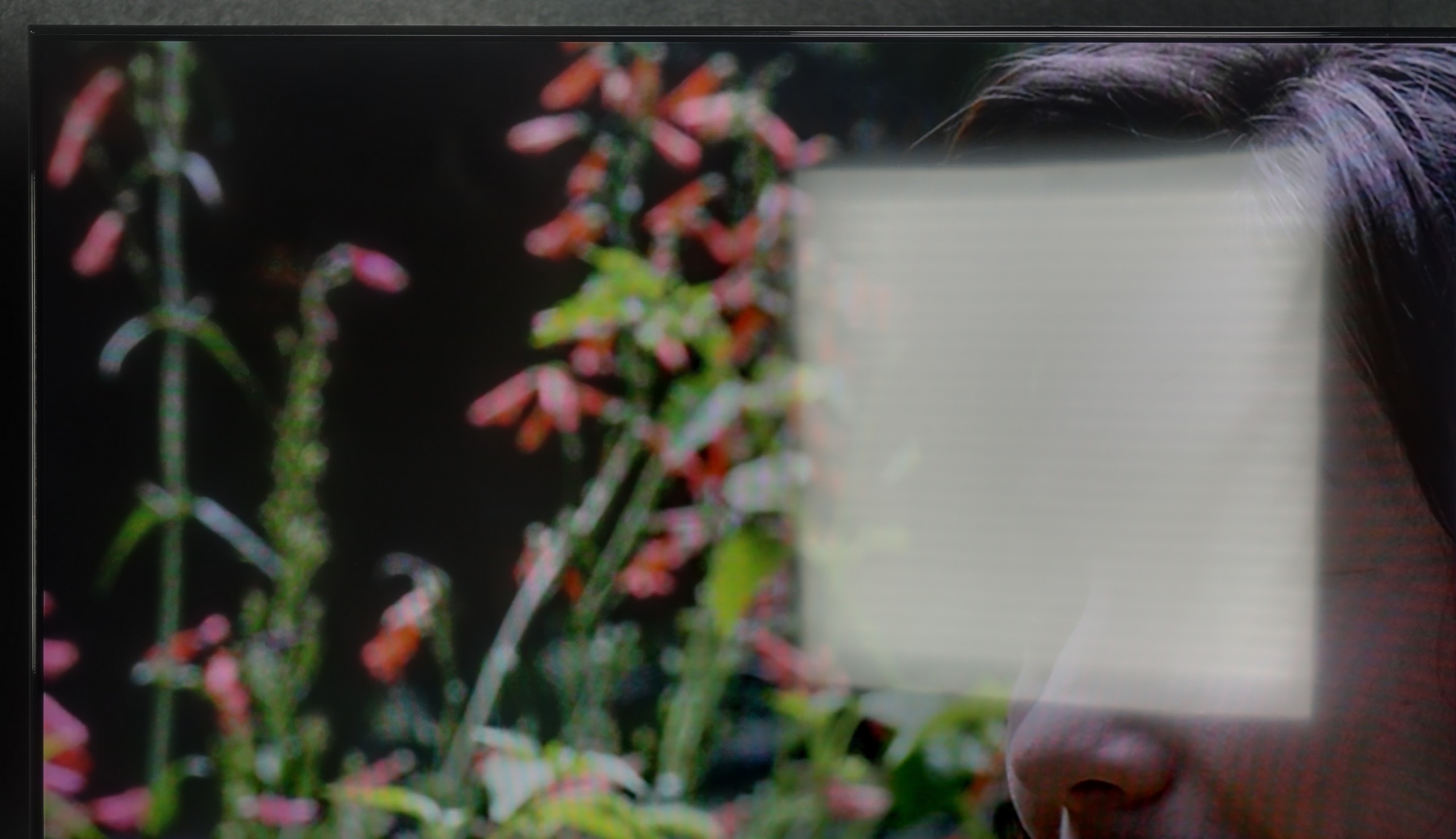
Matrix coating: Satin
Reflection suppression: Decent
Black levels during daytime: Good
The performance of the Bravia 3 in the VA variant during the day is a mix of pros and cons. The manufacturer has also used a satin coating here, but compared to IPS, it struggles more with direct reflections. When sharp light hits the screen, reflections can be more pronounced and may interfere with viewing. On the other hand, the television compensates with higher brightness. In normal daytime conditions, the image is clearer and sharper than in the version with the IPS panel. Thanks to this, in everyday use, the Bravia 3 in the VA edition can perform even better, as long as it is not placed in a highly sunlit area.
Matrix brightness
Average luminance SDR
Sony Bravia 3 50' (VA): 397 cd/m2
SONY Bravia 3 (VA) - TV features
6.1/10
System: Google TV
- HDMI inputs: 4 x HDMI 2.0, 0 x HDMI 2.1
- Outputs: Toslink (Optical audio), eARC (HDMI), ARC (HDMI)
- Network Interfaces: Wi-Fi 2.4GHz, Wi-Fi 5GHz, Ethernet (LAN) 100Mbps
- TV reception: DVB-T, DVB-T2, DVB-S, DVB-S2, DVB-C
Classic features:
Recording to USB (terrestrial TV): No
Recording programming: No
Picture in Picture (PiP): No
RF remote control (no need to aim at the screen): RF
Backlit remote control: No
Teletext: Yes
Audio only mode: Yes
Bluetooth headphones support: Yes
Simultaneous Bluetooth headphones & TV audio: No
Smart features:
AirPlay: Yes
Screen mirroring (Windows Miracast): No
Voice search: Yes
Voice search in native language: Yes
Ability to connect a keyboard and mouse: Yes






Smart TV Features
The biggest advantage of the Bravia 3 in everyday use is the presence of the Google TV system. Thanks to it, we have access to one of the largest libraries of applications and streaming services, so regardless of whether someone mainly uses Netflix, Disney+, or smaller platforms, everything is at their fingertips. The Google voice assistant also worked very well, responding to our commands quite "smartly." The Google TV system should theoretically operate very smoothly because Sony has been implementing it better than many cheaper competitors for years. Unfortunately, in the case of the Bravia 3, it's not as nice as we would expect. During testing, we noticed slight lagging in the interface, and some features, such as screen mirroring, simply refused to cooperate. One might get the impression that the processor in this model sometimes struggles to handle the demanding system, and not everything works as smoothly as we would expect.
Classic Features
Sony, even in the cheapest series, manages to remind us of its experience with various users. In the package, we find as many as two remotes. The first is modern and minimalist, with a small number of buttons, which works great for using apps and Google TV functions. The second is a classic remote with a richer set of keys and a numeric keypad, which will be especially appreciated by older people used to traditional solutions. This is a nice nod to different user groups, and it must be admitted that Sony handled this very practically. However, it is a pity that compared to the X75WL model, the ability to record content from TV tuners to USB memory has disappeared. The manufacturer has completely abandoned this feature, so if someone was attached to it, they will unfortunately not find it in the Bravia 3.
Sound connection options
HDMI audio:
Other audio outputs:
Toslink: Yes
Wireless audio:
Bluetooth: Yes
Obsługiwane formaty audio:
Dolby Digital Plus 7.1: Yes
Dolby True HD 7.1: Yes
Dolby Atmos in Dolby Digital Plus (JOC): Yes
Dolby Atmos in Dolby True HD: No
DTS:X in DTS-HD MA: Yes
DTS-HD Master Audio: Yes
Ułatwienia dla seniorów
Numeric keyboard on TV: Yes
Font size adjustment: Yes
Audio description: Yes
SONY Bravia 3 (VA) - Apps
9.6/10























SONY Bravia 3 (VA) - Playing files from USB
9.6/10

| Maximum photo resolution: | Supported photo formats: |
|---|---|
Here, Sony really did a great job. The built-in player works quickly and doesn’t "hassle" when launching various formats. We didn't have to reach for external applications like VLC, as the TV handled even files that can cause a lot of issues on other models – such as HEIC photos from Apple devices. It’s a small detail, but one that shows the manufacturer wanted the user to feel complete convenience. By just plugging in a USB drive with a movie or photos from vacation onto an external hard drive, you can connect it and start watching on the big screen immediately. No fuss, no installing additional software, no searching for workarounds. This is really a rarity in TVs, and it must be said that in this aspect, Bravia 3 truly surprised us pleasantly.
SONY Bravia 3 (VA) - Sound
6.5/10
88dB
Maximum volume
Supported codecs
(TV speakers)
Dolby Digital Plus 7.1
Dolby True HD 7.1
Dolby Atmos in Dolby Digital Plus (JOC)
Dolby Atmos in Dolby True HD
DTS:X in DTS-HD MA
DTS-HD Master Audio
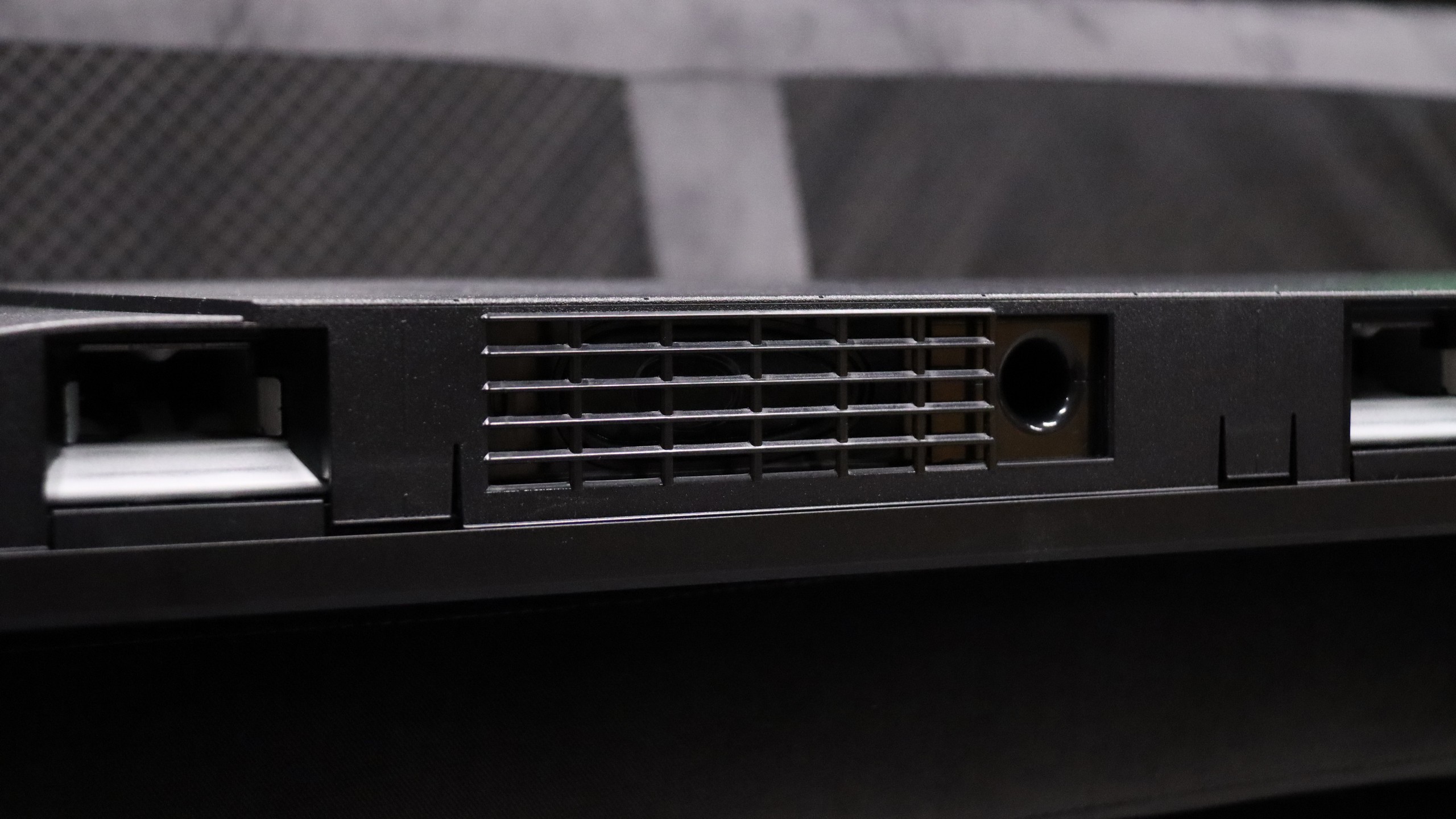
Bravia 3 plays in a rather flat manner, but makes up for it with volume. It will perform flawlessly for watching traditional television, as the dialogues are clear and the mid-tones are well audible. This type of characteristic will be particularly appreciated by older users who primarily care about speech intelligibility. However, if someone expects something more from the sound, such as stronger bass or a wider soundstage, it is worth reaching for a soundbar despite everything. The television supports modern codecs, including Dolby Atmos and DTS:X, so an external sound system will easily utilize their potential. This ensures that with a relatively small expense, one can achieve a much fuller and more engaging sound.
Sound Quality Test:
Acoustic Measurements
No acoustic data
SONY Bravia 3 (VA) - Details about the matrix
Software version during testing: 6120600301
Image processor: MT5896 2,5 GB RAM
Panel uniformity and thermal imaging:
Backlight Type: PFS LED

Founder and originator of the "ChooseTV" portal

Journalist, reviewer, and columnist for the "ChooseTV" portal
See articles related to Sony Bravia 3 50' (VA):
Our channel Youtube
Is this the best MiniLED TV? Test of Sony Bravia 9! 11/23/2024











